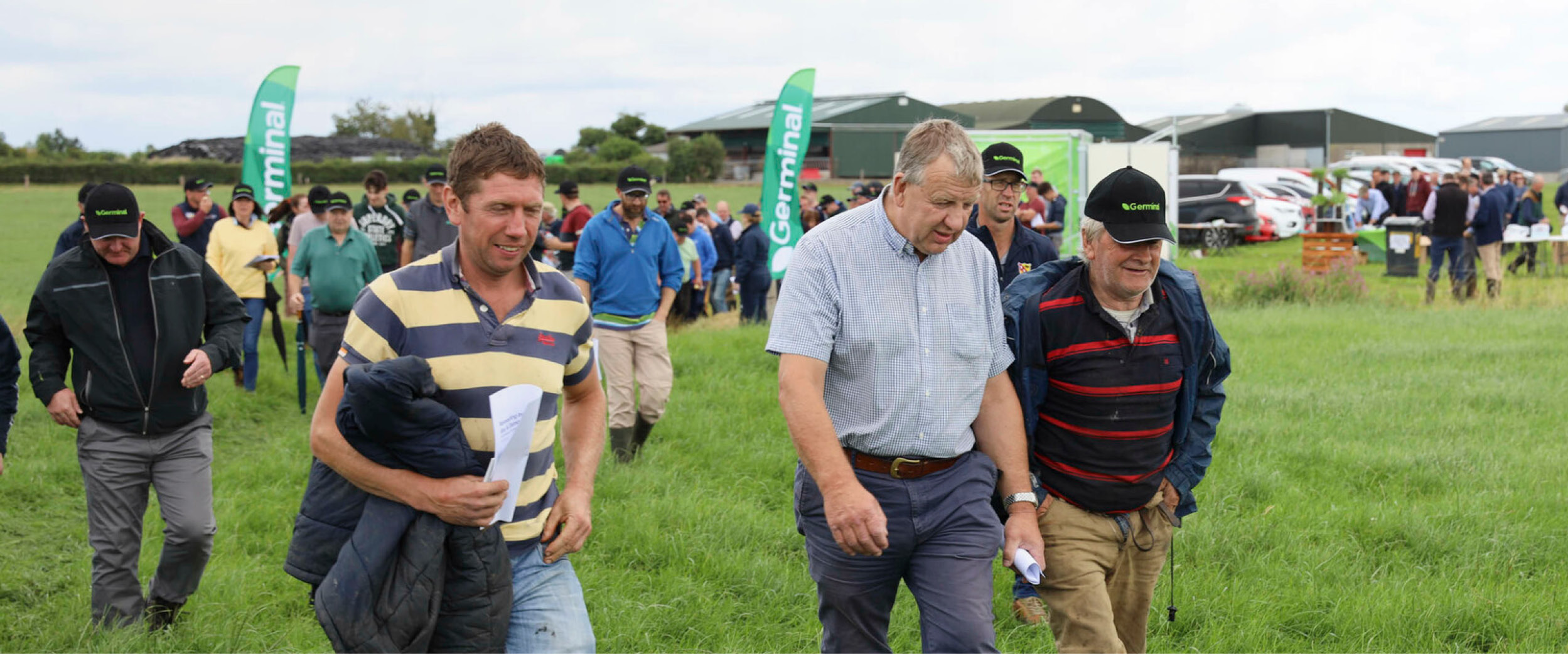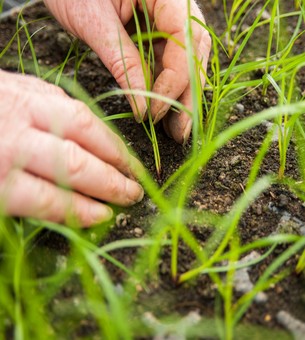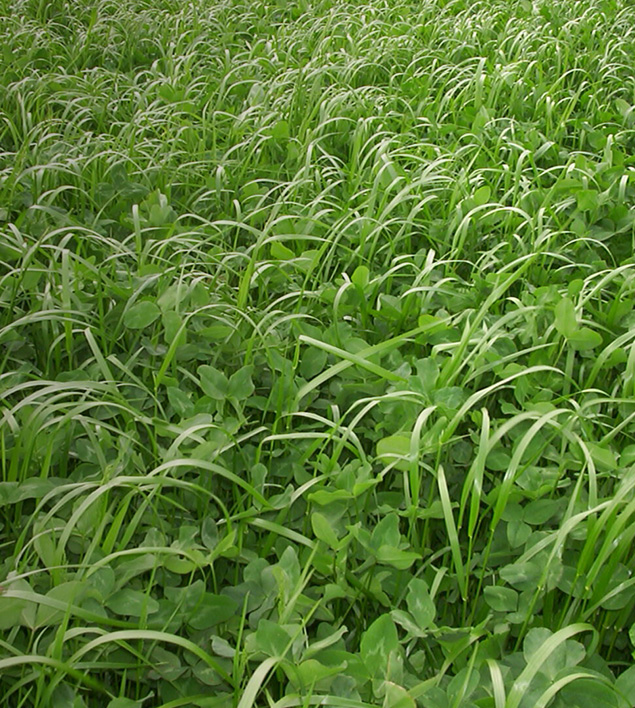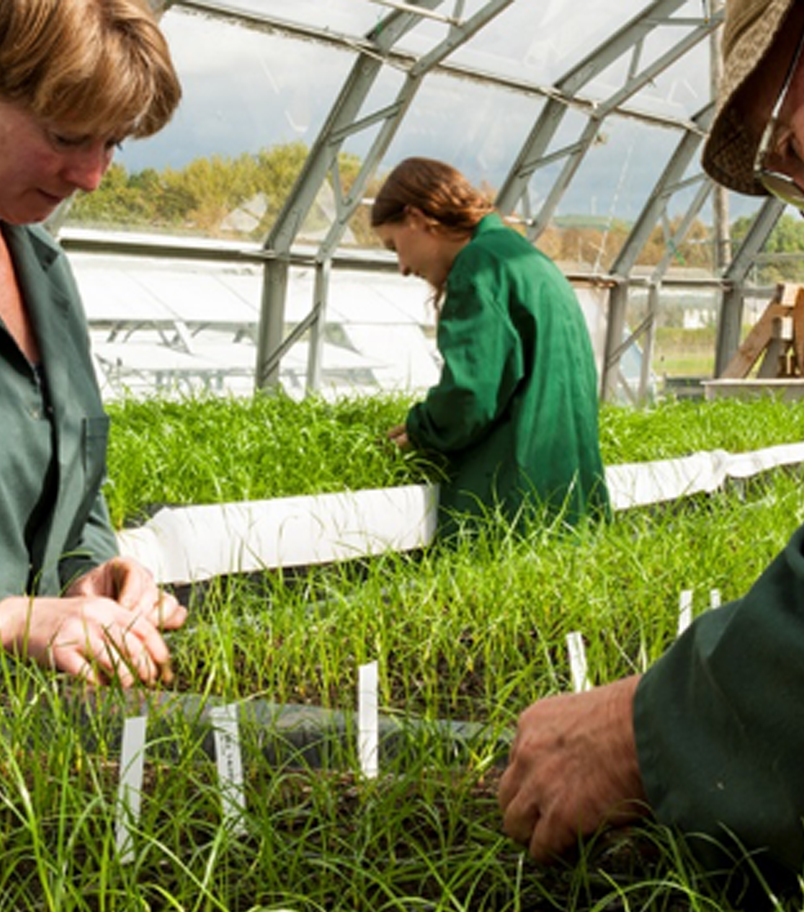Face-to-Face Farm Walks Return

Germinal is delighted to announce a series of farm walks this summer, by kind invitation of the host farmers. These events look at the proactive approach to grassland management being taken by three farmers achieving outstanding livestock performance from forage. All three farmers have not been afraid to try something new and are now reaping the rewards of the approaches they’ve taken. As well as hearing from the farmers themselves, expert technical advice and practical insight is provided by Germinal’s forage specialists.
Due to the uncertain nature of COVID-19 restrictions, please register in advance so you can be contacted in the event of a cancellation
2021 Summer Farm Walk Schedule |
| DATE | VENUE/FARM TYPE |
Tuesday 20th July
| Host farmer: Rheinallt Harries Llwynmendy Farm, Bethlehem, Llandeilo, Carmarthenshire, SA19 6YE (Dairy) Producing quality grazed grass and silage to produce cost-effective home-grown feed underpins the whole farm approach taken by Rheinallt Harries. Having tried one Germinal Aber High Sugar Grass mixture, Rheinallt is now using a range of mixtures to fulfil his production goals. Running a 180-head Friesian crossbred, spring block-calving herd, milk from forage is critical for Rheinallt, currently sitting just under 70%. What farmers will see:
|
Wednesday 21st July
| Host farmer: Dave Marrow Park Farm, Park Lane, Endon, Staffordshire, ST9 9JA (Dairy) The Marrow brothers, Andrew, David and Peter, converted the traditional family farm in Cheshire to an all-grass, spring block-calving enterprise just over 10 years ago. They have now grown the milking herd from 350 to over 1,100 cows across three units in Cheshire and on the edge of the Staffordshire moorland. What farmers will see:
|
Tuesday 27th July
| Host farmer: John Goffin Mauldslie Farm, Gorebridge, Midlothian, EH23 4TB (Sheep and deer) Previously a ‘traditional’ hill farm 1,200ft above sea level, the now productive fields of high-quality grass are plain to see on the hillside of John Goffin’s sheep and deer farm. Despite the challenging situation, John is using brassicas and high sugar grasses to produce more home-grown forage for his 400 hinds and 400 breeding ewes. What farmers will see:
|



